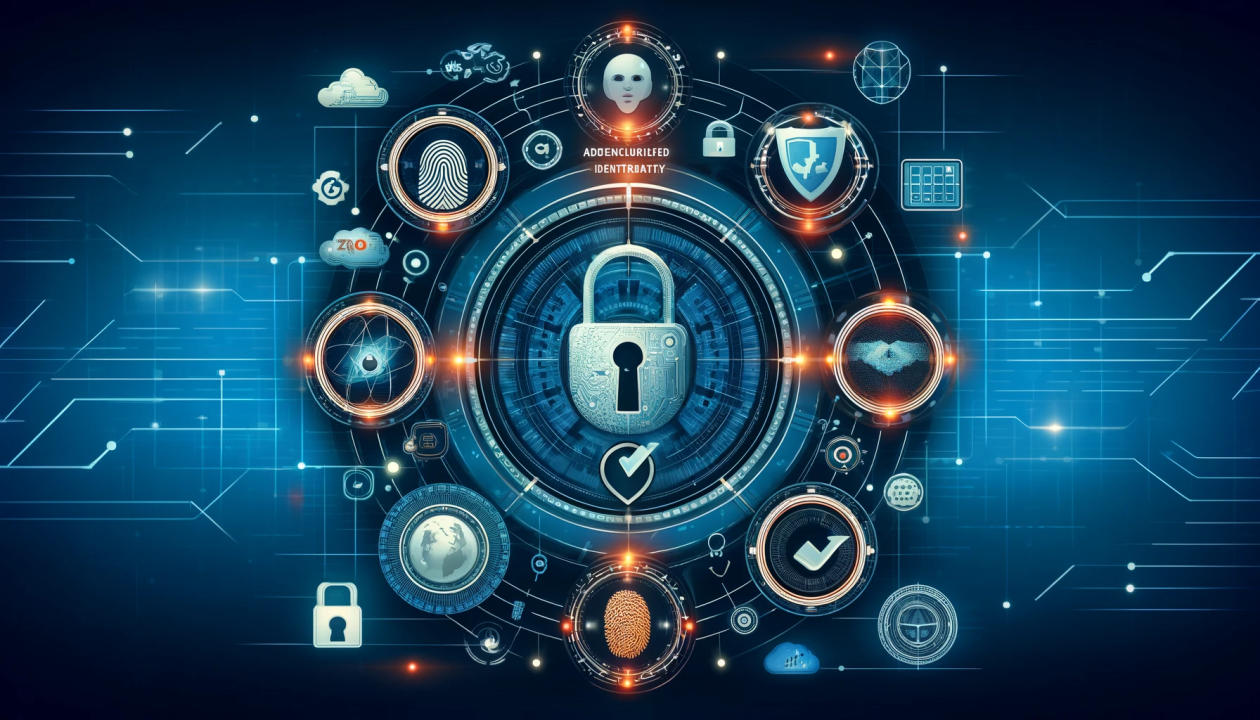
Introduction
In the era of digital transformation, businesses are more interconnected than ever. Collaboration with external employees—contractors, vendors, and business partners—has become a routine part of operations. While this collaboration fosters innovation and efficiency, it also introduces significant security risks. External employees often require access to your organization’s applications, systems, and data, making it imperative to manage their access securely. This blog delves into the risks associated with granting access to external employees and provides actionable strategies to mitigate them.
Who Are External Employees?
External employees are individuals or entities that do not fall under the direct employment of your organization but have authorized access to its systems and applications. These individuals can include:
1. Contractors & Consultants
Organizations often hire contractors and consultants for specialized expertise or to work on specific projects. These individuals are granted temporary access to critical applications, making it essential to monitor their activities closely.
2. Vendors & Suppliers
Vendors and suppliers, such as IT service providers or software vendors, require access to specific applications or data repositories to fulfill their roles. This access can be a significant vulnerability if not managed properly.
3. Business Partners
Collaborations with business partners often involve shared access to applications and systems. These partnerships increase the complexity of securing sensitive information, especially when partners operate in different regulatory environments.
Why External Employees’ Access Increases Security Risks
The reliance on external employees is not new, but the scale and scope of their access have expanded significantly. This expansion has exposed organizations to numerous security risks, including:
1. Enhanced Interconnectivity
Modern businesses rely on interconnected systems, shared applications, and APIs for seamless collaboration. While this connectivity boosts productivity, it also increases the risk of data breaches or unauthorized access.
2. Rise in Outsourcing Operations
Outsourcing has become commonplace, with external employees handling operations like IT support, software development, and customer service. This dependency makes organizations vulnerable to security lapses from third-party users.
3. Sophisticated Cyber Threats
Cybercriminals often target external employees as entry points into an organization’s systems. These individuals may lack robust security measures, making them easier to exploit. Attacks like phishing or credential theft are particularly effective in compromising external employees.
4. SaaS and Cloud Computing
The adoption of Software-as-a-Service (SaaS) and cloud computing has revolutionized business operations but also introduced new risks. External parties managing cloud platforms may inadvertently or maliciously expose sensitive information.
5. Complex Supply Chains
Modern supply chains involve numerous subcontractors and suppliers, each requiring application access. The more intricate your supply chain, the greater the risk of security breaches through these external entities.
Implications of Poor Access Management for External Employees
Failing to manage external employees’ access effectively can lead to dire consequences:
- Data Breaches: Unauthorized access can expose sensitive data, leading to financial losses and reputational damage.
- Regulatory Non-Compliance: Many industries require strict data protection measures. A breach resulting from poor access controls could lead to hefty fines.
- Operational Disruption: Malicious actors exploiting external employee access could disrupt essential operations, affecting business continuity.
Mitigating Access Control Security Risks for External Employees
Implementing robust access management strategies is crucial for minimizing risks. Here are the key measures:
1. Enforce Multi-Factor Authentication (MFA)
Multi-Factor Authentication (MFA) strengthens security by requiring users to verify their identities through multiple factors, such as a password and a one-time code.
- Benefits: Even if credentials are compromised, MFA acts as an additional layer of defense.
- Challenges: Legacy applications that lack modern authentication protocols may require upgrades or overlays with MFA and Single Sign-On (SSO) solutions.
2. Implement Least Privilege Access
The principle of least privilege ensures users have access only to the resources they need to perform their tasks.
- Advantages: This reduces the attack surface and limits the impact of a potential breach.
- Example: A contractor working on a specific project should not have access to unrelated applications or sensitive data.
3. Monitor and Supervise Access
Even verified users should be monitored to prevent misuse. Additional controls like session recording and supervised access can enhance security.
- Session Recording: Helps detect anomalies and supports post-incident investigations.
- Supervised Access: External users must request access, which administrators review and monitor in real time. Suspicious activity can trigger immediate revocation of access.
4. Regularly Audit and Review Access Rights
Periodic audits help ensure that access rights are appropriate and revoke unnecessary privileges.
- Proactive Auditing: Identify and address access anomalies before they escalate.
- Compliance: Maintain detailed logs to meet regulatory requirements and improve accountability.
5. Educate External Employees
Training external employees on cybersecurity best practices is crucial.
- Awareness Programs: Highlight risks like phishing and credential theft.
- Security Guidelines: Provide clear instructions on how to interact with organizational systems securely.
How BAAR-IGA Secures External Employee Access
BAAR-IGA (Identity Governance and Administration) offers a comprehensive solution to address the challenges of managing external employees’ access. Here’s how:
1. Automated Provisioning
BAAR-IGA assigns roles and access rights based on predefined policies, ensuring external employees only access what is necessary.
2. Advanced Monitoring and Anomaly Detection
The platform continuously monitors activities, flags unusual behavior, and enables swift responses to potential threats.
3. Integration with MFA and SSO
BAAR-IGA seamlessly integrates with modern authentication methods, providing a secure and user-friendly experience.
4. Detailed Reporting and Auditing
The system maintains extensive logs and session recordings, supporting compliance and post-incident analysis.
Conclusion
External employees are vital to modern businesses, but they also pose significant security risks. By understanding these risks and implementing robust access control measures like MFA, least privilege access, and regular auditing, organizations can safeguard their applications and data. Solutions like BAAR-IGA provide the tools needed to secure external employee access while fostering collaboration and efficiency.
Investing in secure access management not only protects sensitive information but also builds trust with external partners, ensuring a resilient and thriving business ecosystem.
Secure your applications today and stay ahead of potential risks!



